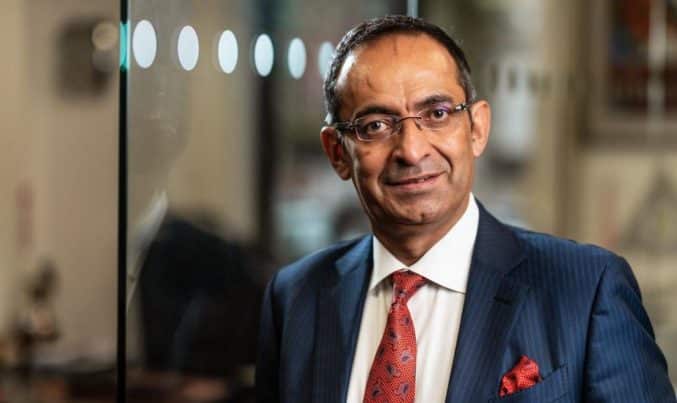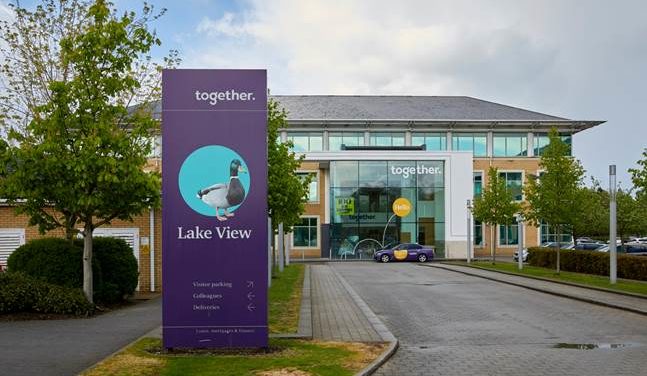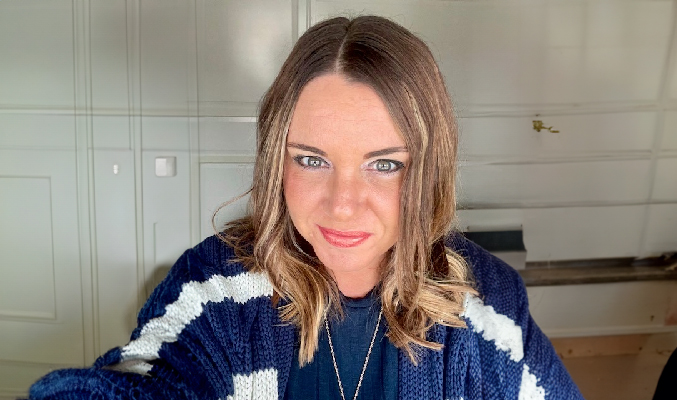Tuscan Capital: The ups and downs and ups of lending in 2020
By Joanne Atkin

At the start of 2020 Tuscan Capital was feeling positive about the year ahead as it was well funded and had a good pipeline of business.
Then Covid-19 came along resulting in the country going into lockdown and the disappearance of business as usual.
It’s certainly been a roller coaster of a year for property developers and lenders and this interview with Colin Sanders, CEO of Tuscan Capital, gives a flavour of what life has been like for the short-term lender.
Sanders starts off by talking about Tuscan’s funding position: “Coming into 2020 we felt really comfortable with our private equity backer Quilam and three debt funding lines, all of which are different in their make-up, appetite and criteria.
“After lockdown Quilam continued to support us in the market and our Australian bank funding partner remained supportive without any material restrictions”.
“Our challenger bank funder took an incredibly conservative position at the start of lockdown by reducing its lending appetite considerably and decided it required approval for every deal. Given Tuscan Capital is the principal lender taking the first loss and having significant capital in every deal this arrangement didn’t work for us. Thankfully we are seeing their risk appetite slowly return.
“The initial reaction from our American hedge fund partners in lockdown was not to lend anything. But by May/June it started to get more comfortable and throughout the summer the hedge fund funding gradually returned and was back to a normalised position by 1 September.”
Sanders notes that everyone has been through a rocky time of uncertainty and had to look at the market conservatively. Although Tuscan completed its pipeline and a few new deals, the reality was that not much business was being written by anyone during the summer.
September relaunch
But in September, it was a different story. With full funding lines returned, Tuscan actively came back into the market with an appetite to grow its book again. But it is not exactly business as usual – yet. Tuscan has a decent live pipeline but developers are being hesitant.
Sanders explains: “We had a surprising number of completions in September and October but November was frustrating. We are dealing with lots of transactions but they are not getting to completion.
“Since September we have seen a lot of property developers looking to progress projects and instruct valuations but people are being incredibly slow. They are deciding to delay things and wait until the new year to see how this Covid situation pans out.”
Valuations in lockdown
During the first lockdown, it was difficult to move transactions forward because surveyors and valuers couldn’t visit sites
This became less of an issue by late June with many more site visits being carried out and this has continued through the rest of the year. Even in the second lockdown valuations have not been so much of an issue.
Discussing the impact of valuations during lockdown Sanders said: “As with other firms we were able to take a view on valuations that may have been out of date, carried out say six months previously.
“If we were unable to visit the site but were confident that not much had changed we could take a view and allow transactions to happen based on outdated valuations. We also carried out desktop valuations and comparable research, so we did complete some deals between March and June that were in the pipeline prior to lockdown.
“We don’t rely on AVMs to support our lending but can use them to sense check that the valuation is in the realms of reality.”
Scarcity of materials
Sanders is mindful of the fact that another side effect of Covid-19 has been the scarcity of building materials and the expensive consequences – not just in terms of money but in also in time.
He explains: “Developers have been suffering delays, not because they weren’t allowed on site, but they could not get the right supplies through lockdown. For example, the properties we were funding were wind and water tight – roof is on, windows are in, but when it gets to the first or second fix, there’s a delay.
“Plastering would normally be routine but the supply of plaster was like gold dust and some of the pricing was ridiculous.
“Developers were not only having to pay more for the materials but the time delay cost them even more. If the delay is two months that’s two extra months of interest. If there’s a delay in finishing the project, that might lead to a problem with the sale time. So the knock-on effect was huge.
“Another client had a problem getting windows out of Germany. It was nothing to do with the manufacturing, it was the shipping. You can’t move forward in a property without windows and this project ended up losing about 10 weeks.”
The chance of delay is one of the reasons why Tuscan has a ‘developer exit product’, which has become more popular over the last nine months. Sanders says that if a developer can’t pay back the loan on time they are charged excessive fees.
He says: “We will assess the project to see how near it is to being completed and refinance that position. This allows the developer to pay down the existing finance and gives them more time to sell. Another factor is that sales are taking longer to go through at the moment.
“With our existing clients, we offer an extension or restructure depending on how long it is going to take to finish the development and sell it.”
He added that you also have to bear in mind that it’s not always best to sell during the winter months.
Rise in HMOs
There has been a rise in interest from property investors for houses in multiple occupation (HMO) and Sanders says Tuscan’s pipeline has a significant number of HMO investors.
He comments: “We are seeing more buy to let investors, who are perhaps property landlords and have been for many years, turning to HMO as a new way to get a higher return; which is achievable if you are willing to put in the investment.”
Tuscan has adapted its product for HMO investors, if they have the right level of experience. It will fund 75% of the purchase price and 100% of the conversion or build cost to get it into a licenced HMO position. Then the developer can refinance that facility with a buy to let HMO specialist lender on a longer term, say 10 or 15 years. Sanders says that product has been particularly popular.
HMO licensing regulations have become very strict over the past few years, and rightly so, says Sanders, but this has resulted in the development of a new model for HMO investors.
Sanders explains: “You need a significant amount of money to comply with all the HMO rules so you now have a higher level of investor. It is an evolving market and very different to a few years ago.
“Some of these HMOs are like small hotel suites with fitted wardrobes, ensuite bathroom and a fridge. The communal living is around the kitchen but everyone must have their own fridge.
“In our experience HMO properties tend to be larger, older Victorian or Edwardian houses perhaps with an extension at the back or a loft conversion. If you’ve got six rooms and can get £450 to £550 per month for each room, that’s a good return.
Optimistic about the future
Sanders is quietly optimistic about 2021, providing the property market holds firm.
He says: “We are looking at 2021 and gearing up to a year of where we would have been in 2020 if Covid hadn’t happened. We don’t anticipate a property crash or a high increase in prices but homes are always going to be in demand.”

Joanne Atkin is an award winning, freelance journalist and has written for both trade and consumer press. She is the former Editor of Mortgage Finance Gazette, What Mortgage and The Money Pages and has previously worked for a major lender.










You must be logged in to post a comment.